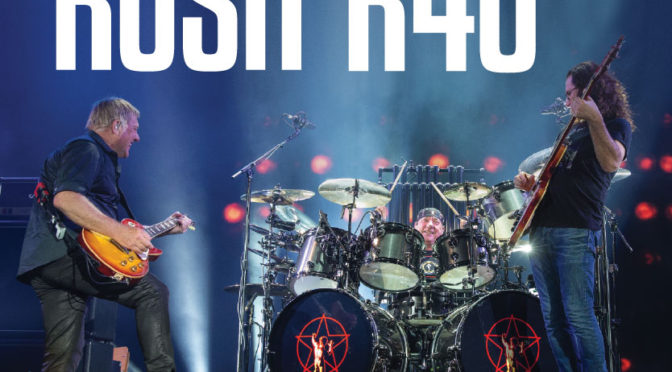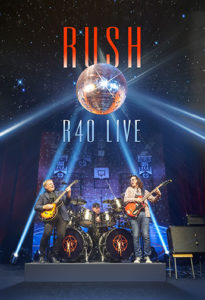Bill Harris, producer of a Flint Symphony Orchestra (FSO) broadcast, won an Aurora Award in the category Entertainment/Documentary—Music/Life concert for his FSO recording of “A Patriotic Salute”—Music in the Parks. Produced as a local broadcast, the performance was also streamed on the Flint Institute of Music’s website under Integrated Media Agreement (IMA) guidelines.
The judge commented on the broadcast’s good coverage, sound quality, and outstanding production considering the challenges of shooting live under changing weather and lighting conditions.
Joe Boettger, president Local 542 (Fling, MI) says, “It is always a pleasure to work with Bill; his creativity is unmatched, but the best thing is, right from conception of a new project, he comes to us at Local 542 and we work together to make the union agreements a road to success, an avenue of opportunity. I am proud to be able to work with such talent, Bill and his production team and the musicians of the Flint Symphony, as well as the management at Flint Institute of Music.”





